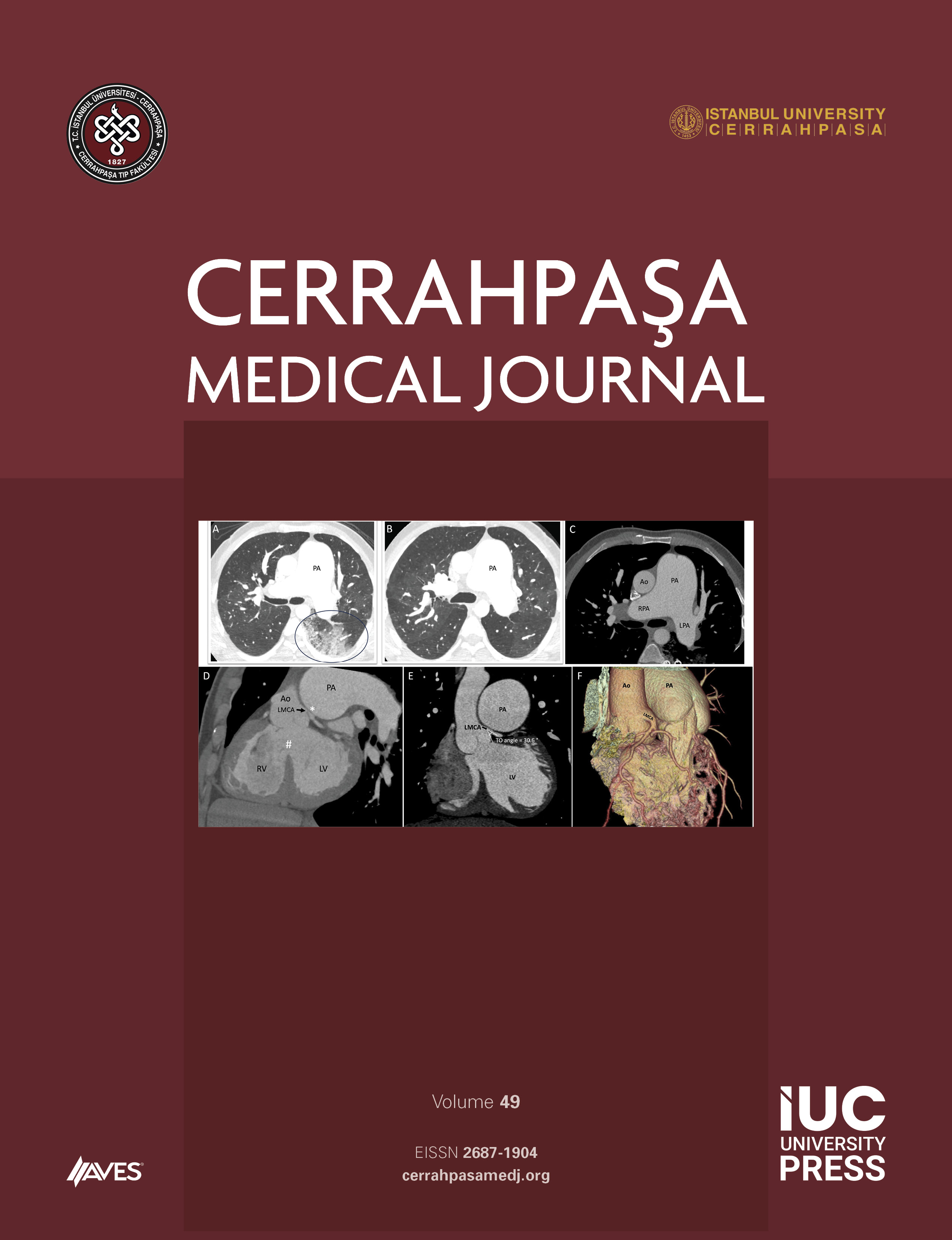Background and Design.- High density lipoprotein (HDL), lecithine: Cholesterol acyltransferase (LCAT) and cholesterol ester transfer protein (CETP) are three important factors that play role in the reverse cholesterol transport. Disturbances related to these factors have been proposed to be responsible for the development of coronary artery disease. The subjects angiographically examined (total n= 96) were divided into four groups: those who had >50% luminal stenosis in single (n=20), double (n= 20) and triple (n= 23) coronary arteries and those who had normal (n= 33) coronary arteries.
Results.- LCAT and CETP activities and total cholesterol, HDL-C, HDL2-C, low density lipoprotein-cholesterol, lipoprotein (a), apolipoprotein (apo)-AI and apo B levels had been found significantly different between subjects with coronary artery disease and those with normal coronary arteries. In patients with coronary artery disease, there were significant positive correlation between HDL-C and LCAT activity and significant negative correlation between HDL-C and CETP activity. In addition, HDL-C, HDL2-C levels and LCAT activity were significantly decreased and CETP activity was significantly increased as the severity of coronary stenosis increased.
Conclusion.- Decreased HDL-C levels might be in connection with decreased LCAT activity and enhanced CETP activity; and as a result it might be concluded that impaired reverse cholesterol transport may be responsible for the development of coronary artery disease.



